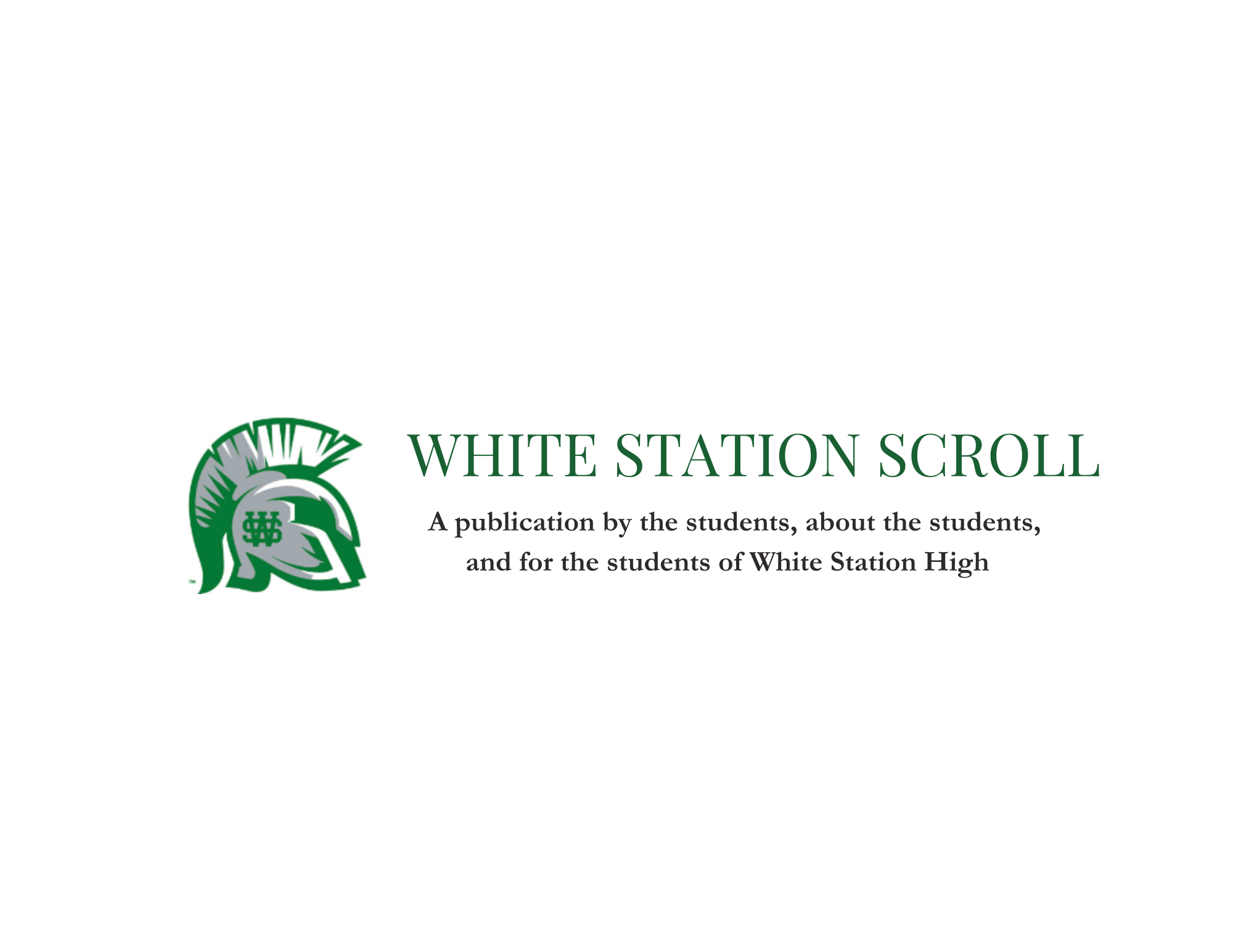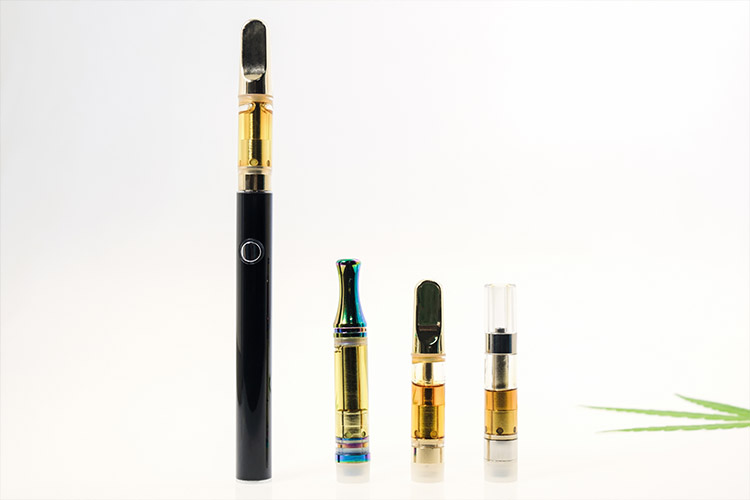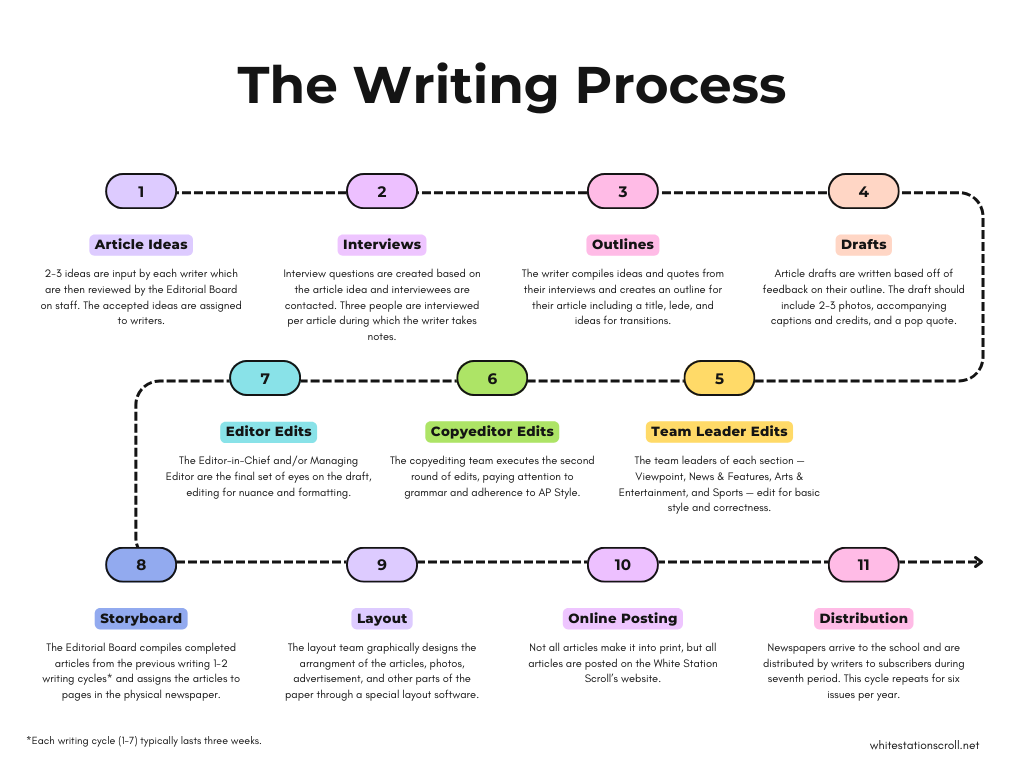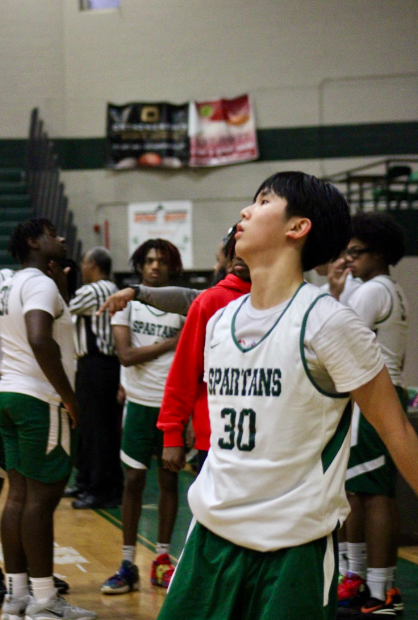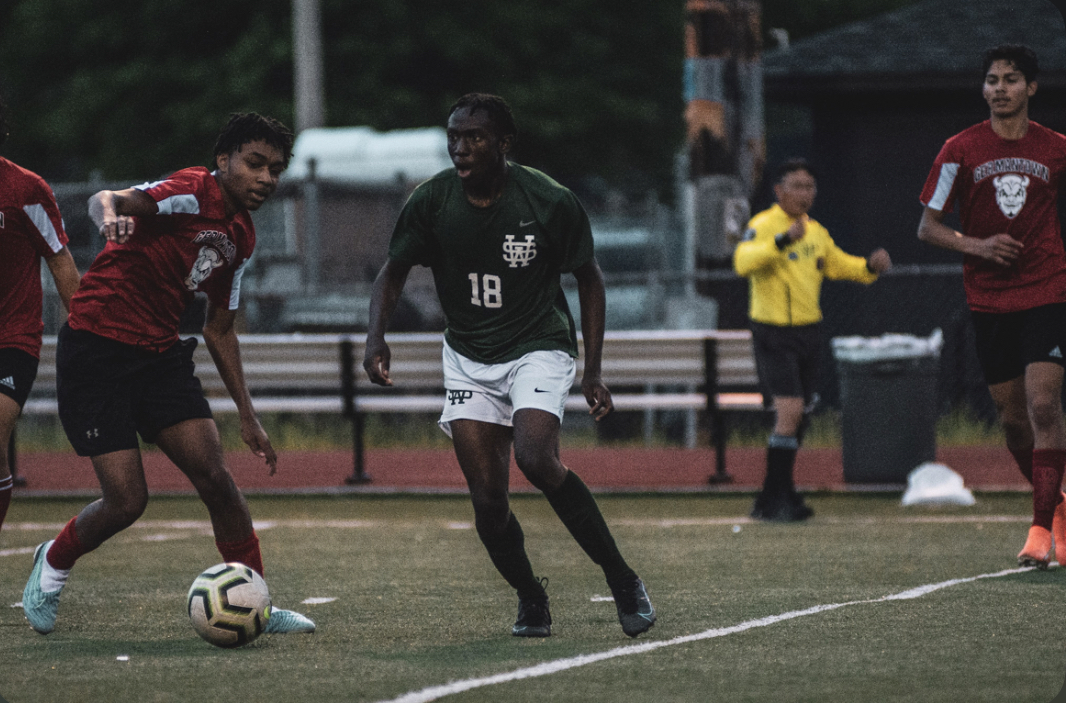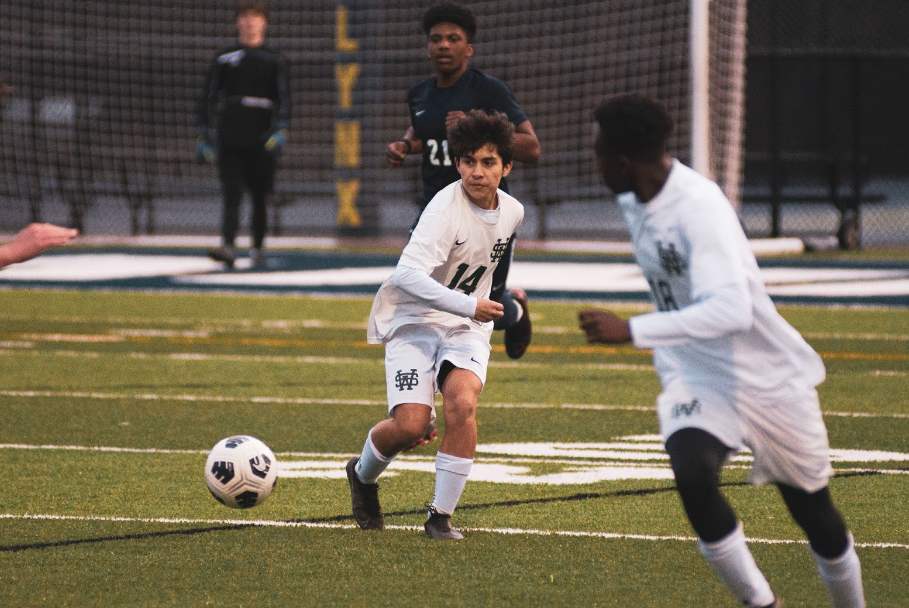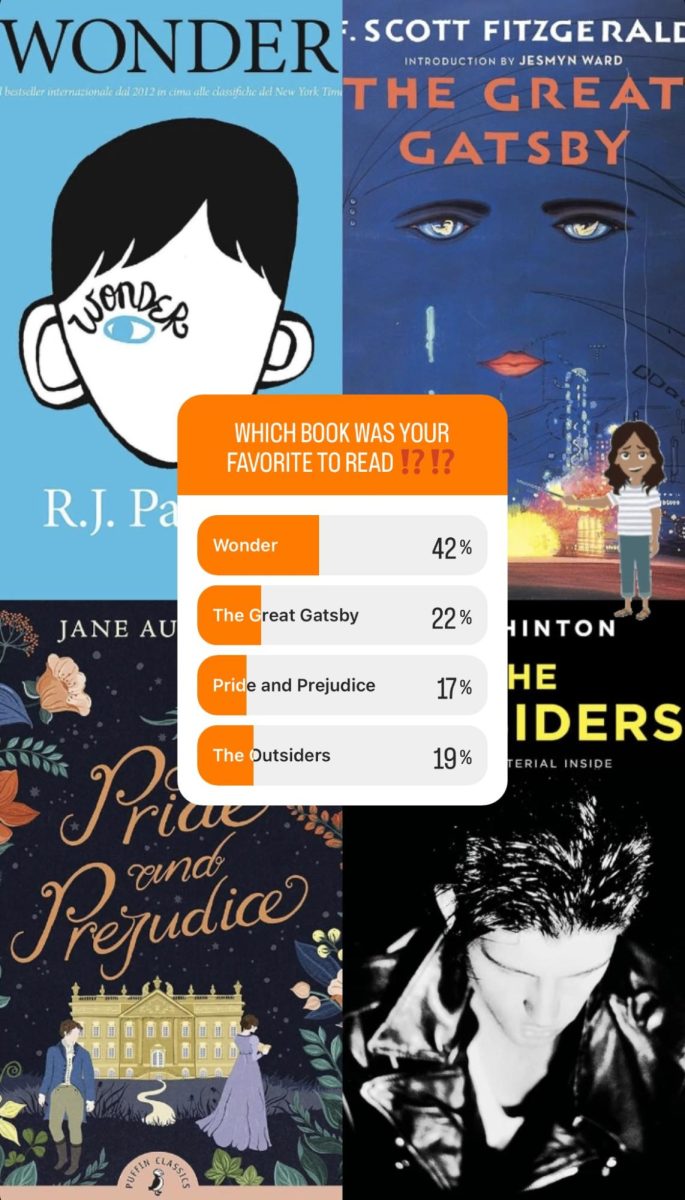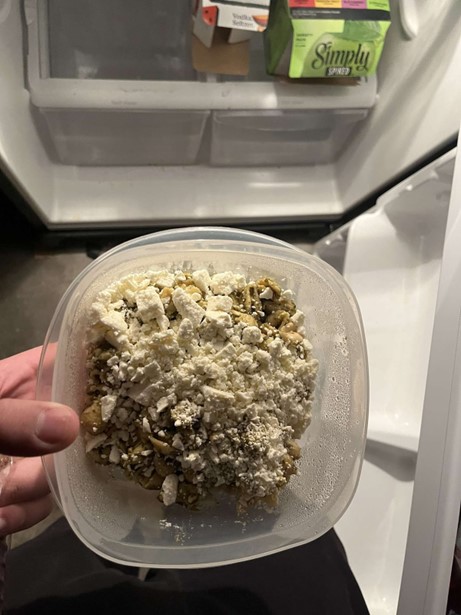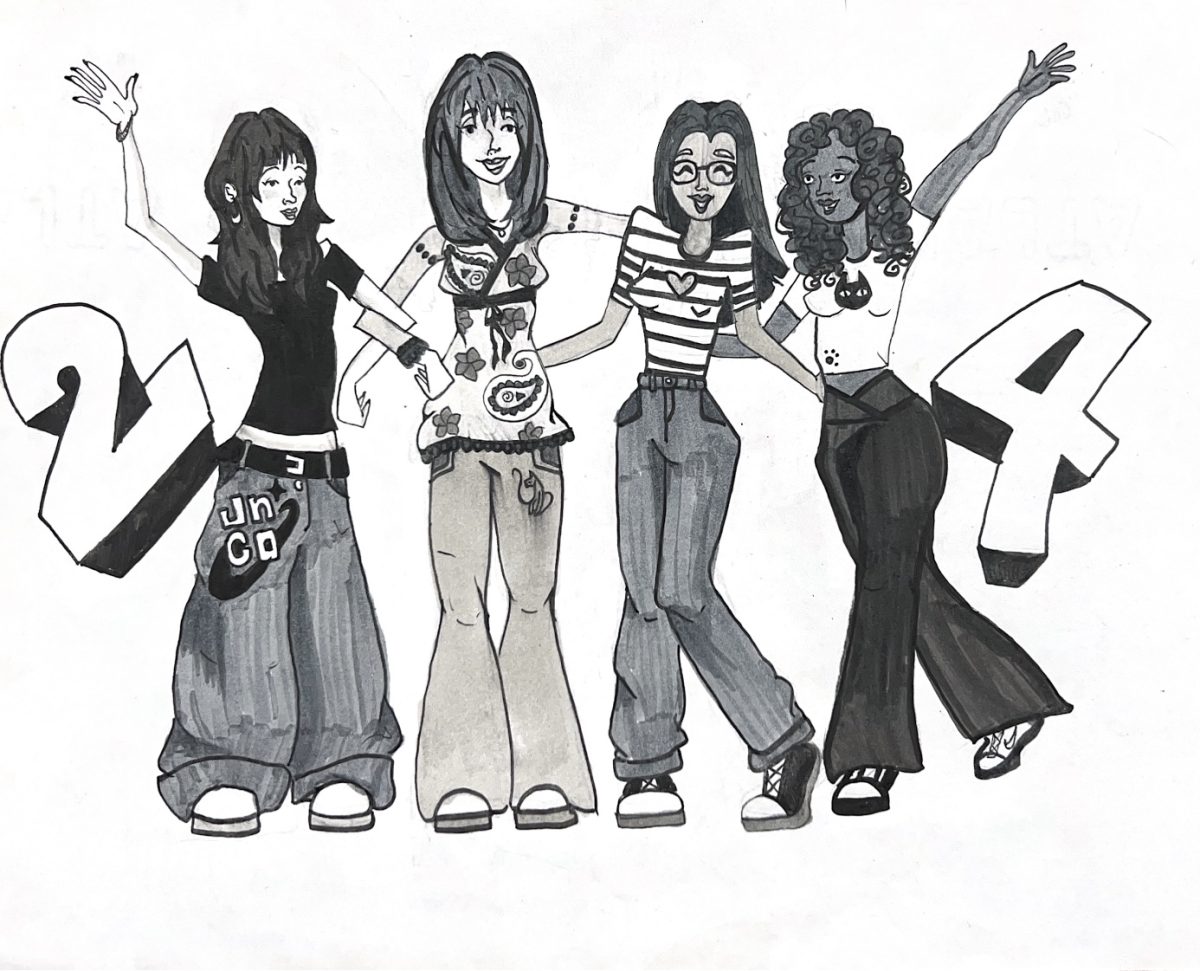School lunch. It will always vary from person to person. Some opt for cafeteria meals with apples and chocolate milk, while others bring PB&Js from home. Some students prefer to bring cultural foods, while others stick to items like Lunchables. Spartans across the school have unique experiences at lunchtime, with an assorted arrangement of meals hitting the tables at each lunchtime.
“I cook it all in one big batch, it takes me [about] two hours…my main goal is to make it as quick and efficient as possible [to pack lunches],” Davis Moody (12) said.
Popular among busy parents and Instagram fitness influencers, meal prepping streamlines the preparation of lunch during the week. Lunches are prepared ahead of time, allowing the participant to budget their food throughout the week. Moody’s weekly lunch rotation consists of oats, pasta and chicken and rice, all to help his progress in the gym.
“It’s all just sources of protein … it’s fuel,” Moody said.
Many gym goers use strategies such as bulking and cutting, in which the participant changes their diet to mindfully gain and lose weight to build their physique. Protein rich foods are usually consumed during the process, with Moody and many others using substitutes such as protein shakes and powders for maximum results.
“Soon I’m going to change up my diet completely,” Moody said. “Same rotation…just substituting things so it’s less calories.”
In the average American cafeteria lunch, you can expect items such as chocolate milk, pizza and potatoes. This meal is quite the opposite of Japanese lunches that come with foods such as rice, miso soup and fish. Students in France and Germany enjoy similar nutritious dishes of bread, meat with vegetables and salads. In African countries such as Nigeria, students commonly unwrap stir frys and sweet plantains. Lunches vary depending on regions and personal preferences, with a rotation of many dishes being offered to students.
“I usually eat a granola bar and then a wrap or a sandwich after school,” Penelope Sandlin (12) said.
Another key factor in a student’s nutrition throughout the day is hydration. Some choose to sip coffee or tea for energy, while others set goals to drink a certain amount of water every day. The recommended amount of water intake per day is roughly eight glasses, which is a health priority for people of all demographics.
“I prioritize hydration through the day [usually] when I bring my Stanley cup to school because it reminds me to drink [water,]” Sandlin said. “My main reason for prioritizing it is because I get a faint feeling if I don’t and I have yoga.”
Lunch is also a period of relaxation for students and friends during a busy school day. During fall and spring, many students congregate in the courtyard or outdoor picnic tables, while others choose to socialize in teacher’s classrooms or in the cafeteria.
“It makes me happy when I pull out my food [at lunch] and start eating … when I’m eating, I’m happy, no matter what class I’m in,” Zachary Molnar (12) said.
